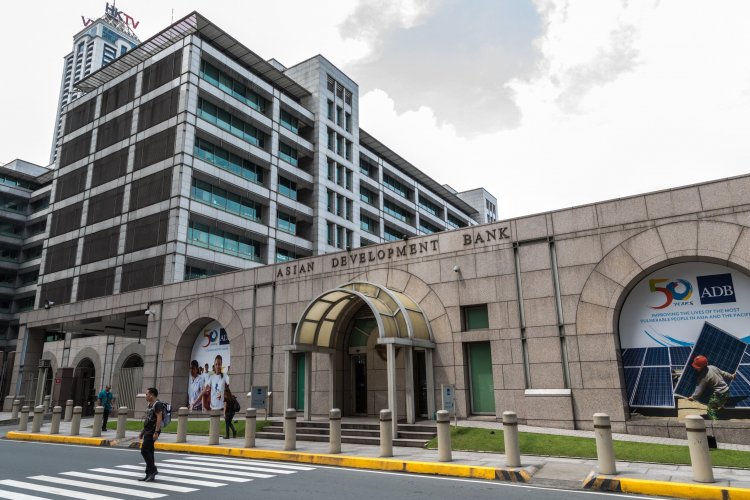The Asian Development Bank (ADB) has marginally lowered India's growth forecast to 6.3 per cent for the current financial year from its earlier projection of 6.4 per cent on account of slowing exports and the likely impact of erratic rainfall on agriculture output.
Indian growth in the rest of this fiscal year and next will be propelled by robust domestic consumption as consumer confidence improves, and by investment, including large increases in government capital expenditure, according to the Asian Development Outlook September 2023.
"As slowing exports could foment headwinds for the economy, and erratic rainfall patterns are likely to undermine agricultural output, the growth forecast for FY2023 is revised down marginally to 6.3 per cent," the ADB said.
The April Asian Development Outlook had projected a GDP growth of 6.4 per cent for India for FY2023. The forecast is retained at 6.7 per cent for FY2024, when rising private investment and industrial output are expected to drive growth.
India's economy grew by 7.8 per cent year on year in the first quarter of fiscal year 2023 (ending 31 March 2024), reflecting strong growth in services and rising investment fueled by public investment and bank credit to the private sector.
The downside risks arise from global geopolitical tensions, which may further create economic uncertainty and/or lead to a rapid rise in global food prices, ADB said.
Further weather-related shocks either at the time of harvesting of kharif season (July-October) or during the October-April rabi season may further affect agriculture growth, it said.
On the upside, it said, economic growth could be higher in FY2024 (2024-25) than expected if foreign direct investment inflows are larger, particularly in the manufacturing sector, as a result of multinational corporations diversifying their supply chains by including India as a production location.
As per the RBI's latest forecast, the Indian economy is likely to grow at 6.5 per cent in the financial year 2023-24.
The Organisation for Economic Cooperation and Development (OECD) in the latest report upped the GDP growth projection for India to 6.3 per cent from the previous estimate of 6 per cent.
While global rating agency Fitch retained India's growth forecast at 6.3 per cent, S&P Global Market Intelligence raised it to 6.6 per cent from the earlier projection of 5.9 per cent.
On inflation, the ADB report said, it moderated from 6.7 per cent in 2022 to 5.5 per cent in 2023. "Inflation has moderated broadly, but the forecast for FY2023 (2023-24) is raised owing to a spike in food prices, and the forecast for FY2024 (2024-25) is marginally lowered as core inflation moderates," it said.
The forecast is higher than the ADO April 2023 forecast because of unexpectedly high food prices, it said, adding, inflation is expected to moderate to 4.2 per cent in FY2024, slightly lower than previously forecast, due to core inflation becoming more subdued.
This forecast takes into account the effect of various government policy actions to reduce inflation, including export prohibition on non-basmati varieties of rice, export duties on other rice varieties, the maintenance of buffer stocks of pulses and onions, the removal of import duties on pulse imports, and a new fuel subsidy for cooking gas.
With regard to the current account deficit, the report said, it is projected at 1.8 per cent of the GDP in FY'23, lower than projected in ADO April 2023. A shrinking trade deficit, robust growth in service exports and improving remittances are key factors for improving external balances, it said.
"The current account deficit is expected to be equivalent to 1.7 per cent of GDP in FY2024. While foreign direct investment is expected to continue to be tepid, portfolio inflows can be expected to improve further, leading to a stronger balance of payment position for India going forward," it said.




 Join the RuralVoice whatsapp group
Join the RuralVoice whatsapp group








































